During the recent Shadow of the Tomb Raider reveal event, I had the chance to interview some of the developers of the game. Along with a group of other journalists from various publications, a round-table style interview was held with Jason Dozois, the game’s narrative director, and Heath Smith, the lead game designer. Below is a full transcript of the interview, with journalists’ questions emboldened. (Be aware that this interview contains story spoilers for the demo of Shadow of the Tomb Raider, as well as the beginning of the full game.)
With [Eidos] Montréal taking over this game, are there any plans, any special twists, they’re going to put on the game? Their own special touches?
Dozois: Well, I worked on [Deus Ex:] Mankind Divided, so hubs is something we wanted to bring to Tomb Raider. We have the biggest hub, the hidden city that Lara mentions in the demo. I don’t know if you all had a chance to play the demo, but hubs and social interactions is one of the big things we want to bring to this game that’s different from the previous team.
Smith: Absolutely, and I would also say at Eidos Montréal we really pride ourselves on the cinematic nature of our games, and so we feel like this is the most cinematic Tomb Raider yet.
Dozois: To expand on his point, the reason it’s more cinematic is not only because… In [Tomb Raider] (2013) and Rise of the Tomb Raider, it’s a lot of external conflicts; environment, enemies and stuff like that. And that’s present in this game, but also there’s more interpersonal conflict, as you saw with Jonah challenging Lara, telling her when she’s wrong, and also with the opponent, as you saw in the scene [from the demo] where she loses the dagger. Setting up these characters and creating a lot of drama in the cinematics you can really see in the performances, and that was a big angle we wanted to push.
What is it like working with [Lara’s voice actress] Camilla Luddington and what kind of steps have you provided to prepare her for this role?
Dozois: She’s a wonderful person. She’s a very funny, very talented person. Great actress. She was involved, obviously, since the last two games, so when we started working on this one, you know, keeping her in line with the story, the iterations and stuff and really… Someone who knows the voice of Lara, so she can say, “Mmm… I’m not sure Lara would say it like that” or can really collaborate and do that, so the aspect of collaboration, especially in the performance capture, something we spent a lot of time making sure everyone knew what emotions we wanted, so that way people have a little bit of latitude and freedom to give their best performance.
From how I see it, it’s still a very cinematic story. So, in my perception of Tomb Raider, from playing the first two, I think it’s more of a jack-of-all-trades game, because of all the things you get to do. Is there any specific aspect of this Tomb Raider that Eidos Montréal has doubled down on? For example, stealth?
Smith: Yeah, I would say what we tried to do is we really picked the jungle as the setting that would challenge Lara the most and also gameplay-wise flesh out her toolset. So what she wasn’t able to do in the previous games. And that also ties back into the narrative, right? The fact that she’s descending into this psychological state. So to speak specifically on your point about the stealth combat: the jungle, she’s outnumbered, she’s out-gunned, right? And she has to use tactics and techniques that have never presented themselves before and have never been available to her. So it’s… If you’ve seen the movie Rambo… We’re taking inspiration from Predator, Rambo, all these sorts of things, so she’s gonna be using mud to camouflage herself, plus she’s also gonna be using fear tactics. We’re not gonna talk too much about that, but use your imagination, because she’s in the jungle and she’s covered in mud; it’s not exactly going to be not very scary. With this journey for her gameplay-wise, using the fear tactics, this is reflecting back on the narrative journey that she’s taking.
Dozois: Absolutely. When she took the dagger [in the demo], I don’t know how you guys felt, but the feeling we’re trying to get is that… Tomb Raider, it’s a race for an artifact. The right thing to do is beat the bad guys there, get the thing. But how we’re subverting the expectation is that that’s not the right thing to do at all, that actually caused… It’s the triggering point of the whole story. She’s bringing the Maya Apocalypse, a series of cataclysms that’s going to end in destroying the sun and it’s because she didn’t know, because she’s too impatient, too dark, she was so focused on just stopping Trinity that anything else is not even registering for her. That’s why Jonah was like, “Hey. It’s not about you. You’re the only one that can what? You’re the one that caused all this.” So it’s all these things that’s like… It’s Lara being so impulsive, so obsessed, that she’s destroying potentially not only herself but the world.
Smith: And it’s that obsession that leads her to using these fear tactics and covering herself in mud. So what we’re playing on here is, we’re saying, you know, if you do this you’re more in control, in a way, because you’re manipulating people using fear, but you have to be careful not to go too far down that rabbit hole because you may never come back.
I was definitely getting Rambo vibes.
Smith: (laughs) That’s great.
I want to follow up on the mud. So in the presentation, you talk about… [Lara] is gonna be covering herself in mud, she can climb through the trees and stuff. Will that be level-specific or will those be mechanics that are recurring throughout the game?
Smith: I think what you’re gonna see… Yes, it’s systemic, but like all Tomb Raider games, there’s certain elements that we highlight in certain beats of the game, because you want to create an emotional journey for Lara. So sometimes we’re gonna bring in more of one element and we’re gonna reduce another element and then we’re gonna highlight another element because we want the gameplay to reflect back on her emotional journey and her emotional state. So to answer your question, yes, it’s systemic, but you’re gonna find it in different levels at different moments in the game.
Are you going to introduce any branching paths or is this, like, you can get to different points, or is every point like a linear journey?
Dozois: It’s a linear journey. The player can express themselves through their gameplay choices: stealth, they can stealth to go into assault, they can use the environment, all the tools and the application of [them]. But it’s still Lara’s journey, it’s her defining moment that’s gonna bring her to the tomb raider she’s meant to be. So that’s the way that we have to get you on that track and make you feel these emotions and bring her to the end.
Smith: While the narrative itself, the storyline, is linear, there’s no way to influence it, but the environment itself is the biggest hubs we’ve ever created for a Tomb Raider game. And what’s in those hubs is something really unique that we believe Eidos Montréal is bringing to the franchise. Like Jason [Dozois] said before, there’s this social aspect, so it’s a new challenge for Lara. Normally when she comes into a tomb or an ancient space, there’s no one there; there’s a bunch of skeletons. But the thing is, if you played Rise [of the Tomb Raider], the treasure at the end of those tombs was knowledge, right? It was a codex full of knowledge. And that’s really Lara’s greatest treasure. So what we’re exploring here is what if that treasure was still alive? What if there were people alive and the treasure is their knowledge and she has to deal with that? And like Jason said, what if the act of her raiding the tomb has consequences? So that’s really what we’re very proud of, bringing new to the franchise.
Dozois: Absolutely.
[Lara] looks a lot prettier and different. What was your inspiration for [indistinguishable]?
Dozois: I mean, it’s really going back to the title of the game. Shadow of the Tomb Raider. The darkness is starting to overtake her and what she looks like is really the expression of her character and the journey that she’s on. I don’t know if you were here for the presentation, but I showed the three covers [of Tomb Raider (2013), Rise of the Tomb Raider and Shadow of the Tomb Raider] and you see a coherent transformation. Someone who’s just like, “I need to get out of this bad situation,” to someone who’s exploring, to someone who’s on a mission and she’s super focused and that power that she’s grown with is becoming a danger, like a hero can be a threat, and that’s what she’s dealing with in this one. So her appearance is all designed to amplify and match with the character choices she’s making.
Smith: Absolutely, and that’s her internal journey, that’s her internal struggle, and that’s also externalized in the world that she’s exploring. So, for example, the tombs, in a way, have gone through the same sort of transformation. We’ve taken the tombs, which were these sort of hopeful, beautiful discovery spaces in Rise [of the Tomb Raider], and we took them and we went more to a place of deadliness and death and danger, so the tomb itself is trying to kill you. Plus, again, we’re speaking about… She’s not always alone, maybe she’s not always alone in those spaces as well, and she needs to be extra careful.
You talked about how she’s taking the artifact and she’s causing the Maya Apocalypse, which, normally in these types of stories, Indiana Jones, Uncharted, it’s the villain who takes the artifact and triggers the apocalypse.
Dozois: That’s right.
But this time it’s the hero, which is an interesting narrative development. What made you decide to go in that direction?
Dozois: It’s to make the drama pay off and make this defining moment, which we, at a high level, have for a very long time… It’s how to execute that. Because Lara’s super interesting, super compelling, but without an opponent that’s gonna challenge not just her physicalness, but her brains, her wits and all these things… The solution we came to for that is the opponent needs to be right. He can’t just be, “Mwahaha! I’m destroying the world!” [Instead], he’s leaving going, “It falls to me to save the world,” and [the player] is like, “What just happened?” That feeling, we tried to get to that and we tried so many iterations just to get this character right so the key to that moment was finding the right opponent for her. Someone who has convictions, but is also obsessed, and [the antagonist’s] obsession is also leading to destruction. So they’re on a similar path. It’s better drama when the hero and the opponent want the same thing. It’s not just, “I want to destroy the world” and “I want to save the world.” If they both want to save the world, but they have different ways of doing it, and different reasons, then you have a scene, and that’s what this is really an example of and what the game’s about.
Smith: Yeah, and [antagonist] Dominguez is like her emotional opponent and her physical opponent is the jungle itself. It’s an externalization of that struggle. So you go into the jungle, everything’s trying to kill you, but what’s interesting about the jungle is that it has that duality. Everything that’s trying to kill you, it can potentially be used to cure you as well. This is Lara’s struggle, but also, we reflect that through the gameplay. We won’t go into too many details on that right now, but you can expect those themes to be explored in the gameplay as well as the narrative.
I know you can’t get into the specifics, but would you say the additions [to the gameplay] are robust enough to straight-out surprise people with like, “I can’t believe Lara’s doing this”?
Smith: I think you got a taste of it in the gameplay. Hopefully you got a taste of it in the gameplay.
I like the edition of the knife.
Smith: The knife is really a reflection of Lara in this game. I can’t say too much more about that. But the knife is gonna be a major topic. But the rappelling [down a rope], for example, is another example of us juicing that theme of descent.
Dozois: And the swimming.
Smith: She’s descending on the rappel and she’s descending into the underwater depths, and while there is exploration spaces underwater, it’s also… Hopefully you got that feeling from the gameplay, it’s about that claustrophobia… It’s about fear.
Dozois: Fear of drowning.
So you’ve talked about Lara changing from a survivor to an apex predator [during the presentation]. Could you talk a little bit about her character growth and arc throughout the game? Or is it too early for that?
Dozois: In general terms I can. She’s very reactive, right? In Tomb Raider (2013), she’s not looking for any kind of survival situation or adventure. She’s going off to prove that her father was wrong. She’s going on a scientific expedition. And she gets thrust into this situation. She’s reacting. “I need to escape.” “I need to get away.” “These guys are gonna kill me.” “I need to kill them.” It’s just about getting out of a situation.
Smith: I think the line was, “Adventure found me.”
Dozois: Exactly. She’s not looking for it. It happens to her. So she is… The world is her obstacle. Surviving that world. When you get to Rise [of the Tomb Raider], it’s her first expedition. “I’m reaching out now. I want to prove that my father was right.” Because at the end of [Tomb Raider] (2013), she knows that he was right. “There’s things out there I don’t understand.” And she’s gonna go seek them out. But this is her first adventure seeing there’s other people out there looking for stuff. They don’t want her there. Or they’re gonna manipulate her. And she’s still kind of a victim in being manipulated by Trinity and they’re using her brain to solve this problem for [them]. So it’s taking that momentum to the next level as she’s becoming so focused, so determined, to stop this organization, to dismantle them, not in a revenge way like “I want to kill you,” but in a “I’m going to out-tomb raider you. I’m going to figure this stuff out. I’m going to look at all the sites all over the world that you’re trying to excavate. I’m going to figure out what you’re doing and I’m gonna stop it.” But in the scene with Dominguez when he’s like, “Where’s the box?” and she’s like, “Uh… In a safe place,” obviously she’s lying. She’s in over her head. She doesn’t know yet. She’s going on all this searching and she knows enough to be very dangerous, but not enough to protect the world. And that is the lesson she needs to learn.
Smith: And you can see there that she’s not yet the Tomb Raider she’s meant to be. [Shadow of the Tomb Raider] is the end of that journey, but she’s not there yet.
Dozois: Exactly.
There’s a lot of backtracking, or at least options to backtrack. [indistinguishable question about backtracking to completed tombs]
Smith: With Eidos Montréal, we know very well… We’ve worked with Crystal Dynamics in partnership on the first two games and we know the genre of game and the style of game that they perfected, really, with those first two games, which is, I guess for wont of a better term, “Metroidvania” is what you hear, the buzzword. So it’s about incentivizing the player, through tantalizing the player, these things that they may not have the tools to solve yet, but when they come back and when they’ve grown through the game and gained new abilities, they can come back and unlock that content and unlock those experiences, which reflects back onto the narrative. Growth, becoming the Tomb Raider that she’s meant to be.
How long have you guys been working on [Shadow of the Tomb Raider]?
Smith: Personally, myself, it’s been… two and a half years? Three years? How long have we been making this game?
Dozois: It’s very blurry. We don’t normally go into the exact numbers of our development cycle.
Smith: There was snow, then there was sun, then there was snow again… There were these cycles of the moon…
Dozois: Definitely two winters.
Smith: There were two winters. Before that I worked on Rise of the Tomb Raider with a lot of the members of the team. Some of the members of the team even worked on Tomb Raider (2013).
Dozois: I was closing [Deus Ex:] Mankind Divided during that time, so I haven’t been on as long as [Smith] has.
Smith: But it’s been a great experience and we’re really excited Eidos got to take the lead on this one because we learned a lot from Crystal making the first two games. We have a lot of respect for them. But we felt we could really bring a unique voice to this one to close the trilogy, so we really relish the opportunity and we’re very thankful.
How has the collaboration with Crystal Dynamics been, because [indistinguishable]?
Smith: We know them very well.
Dozois: We’ve been collaborating with them since [Deus Ex:] Human Revolution. We have the same engine, a variation of that engine, so we’ve been collaborating with them technically on expertise from design and story and this kind of stuff. This collaboration’s been ongoing for very, very, many years. So it’s a continuation of that. When I was finished with [Deus Ex:] Mankind Divided, I was super excited to go on to Tomb Raider and have a different flavor, so it’s like, you don’t want to just do the same thing all the time, so it’s good to get talent from different studios, take up the torch and try to get their spin, their expertise on it.
Smith: It can also inject new viewpoints into the series and enhance certain pillars and certain aspects of the gameplay based on the skillsets and the knowledge of the different studios.
Was there any element you wished you could have injected more into? Anything you had to pull back on that you…
Dozois: I mean, we focused… As you go, you’re always… Your eyes are bigger than your stomach. But we always picked on what was the best. So we always kept the best stuff.
Smith: I agree completely. No regrets. (laughs)
[interview moderator calls time]
Dozois: Thank you so much for your questions.
Smith: We just wanted to say that we’re really excited for you to play the game and just to remind you it’s out on September the 14th on PS4, PS4 Pro, Xbox One, Xbox One X and PC, which is very cool. And Nixxes is again collaborating with us on the PC port. We’re really excited about that because those guys are amazing.
So day one 4K. Is that what you’re saying?
Smith: Day one 4K?
Dozois: Yeah.
Smith: Yeah? Is that a secret?
Dozois: No, that’s not a secret.
Interview moderator: Xbox One X, PS4 Pro… What you played here was in 4K, HDR, everything turned on.
Smith: Whichever platform you’re playing on, it’s gonna look great.




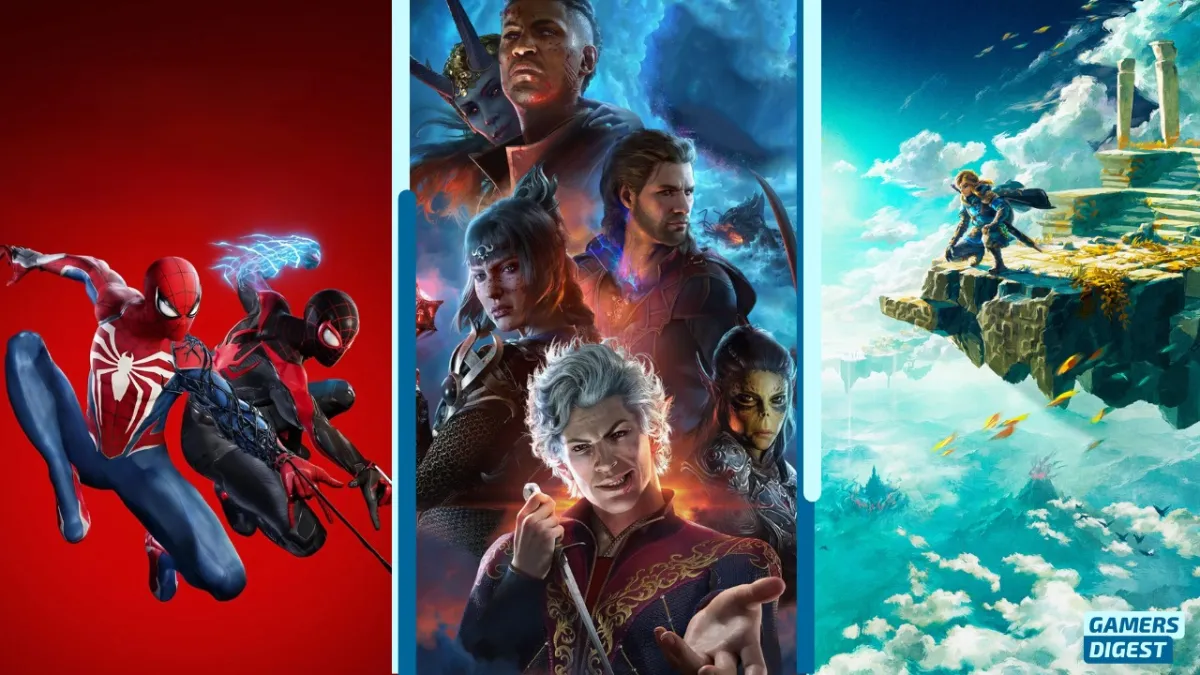
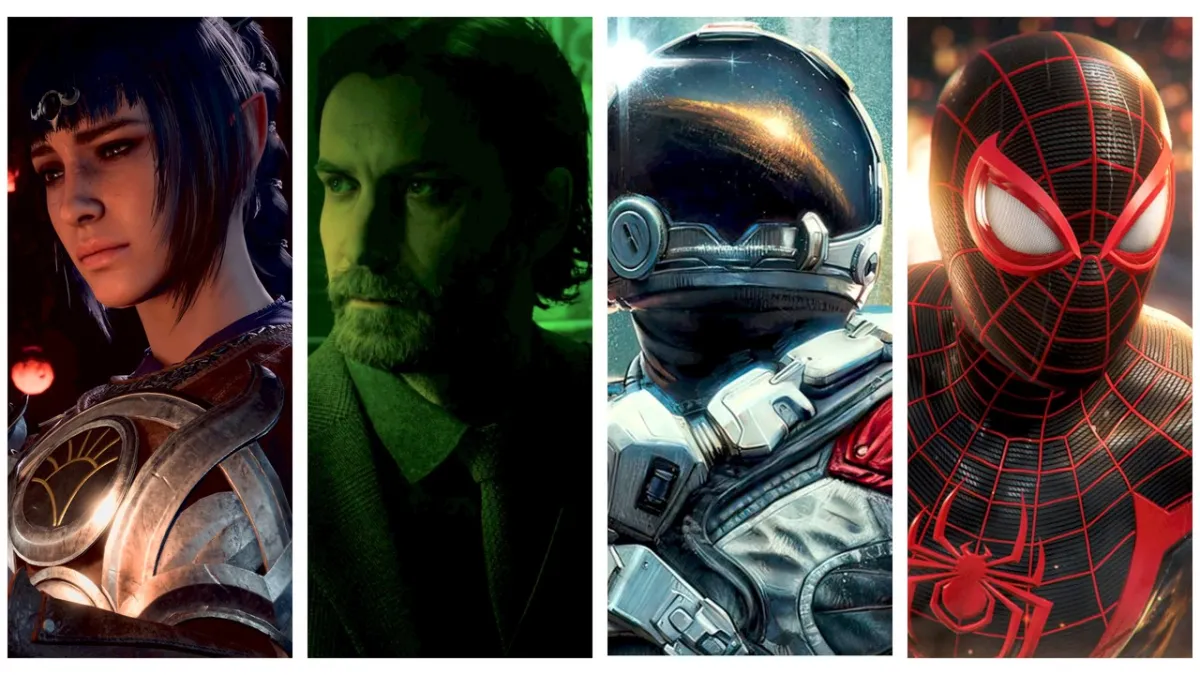
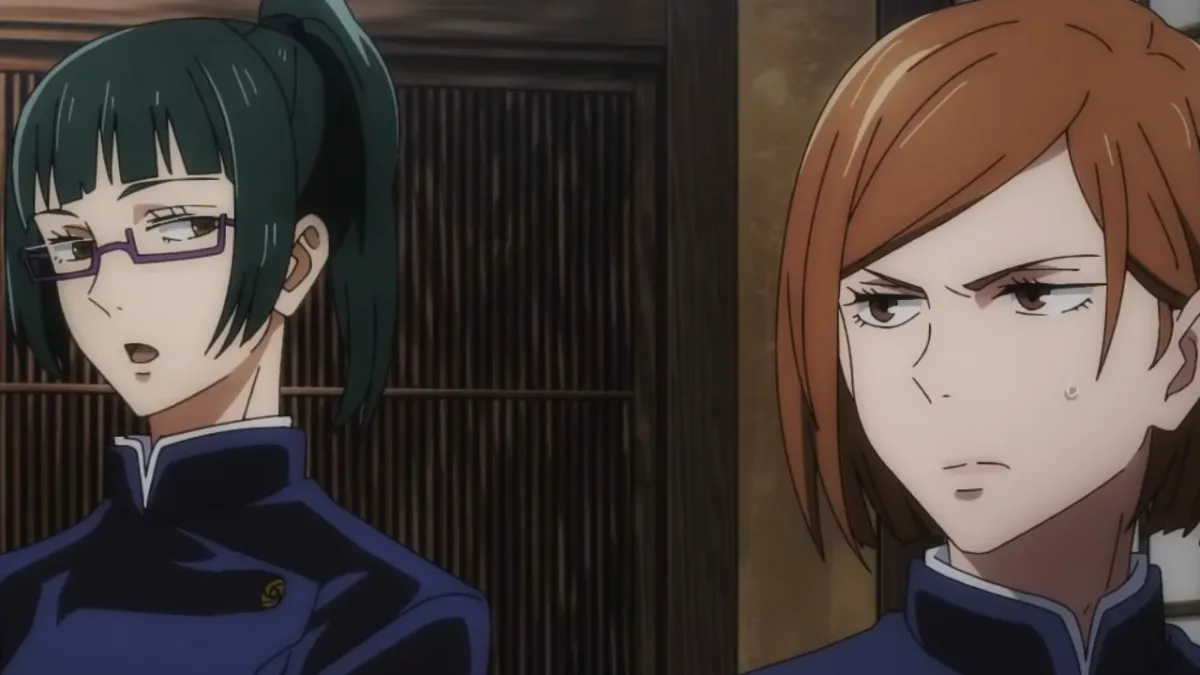
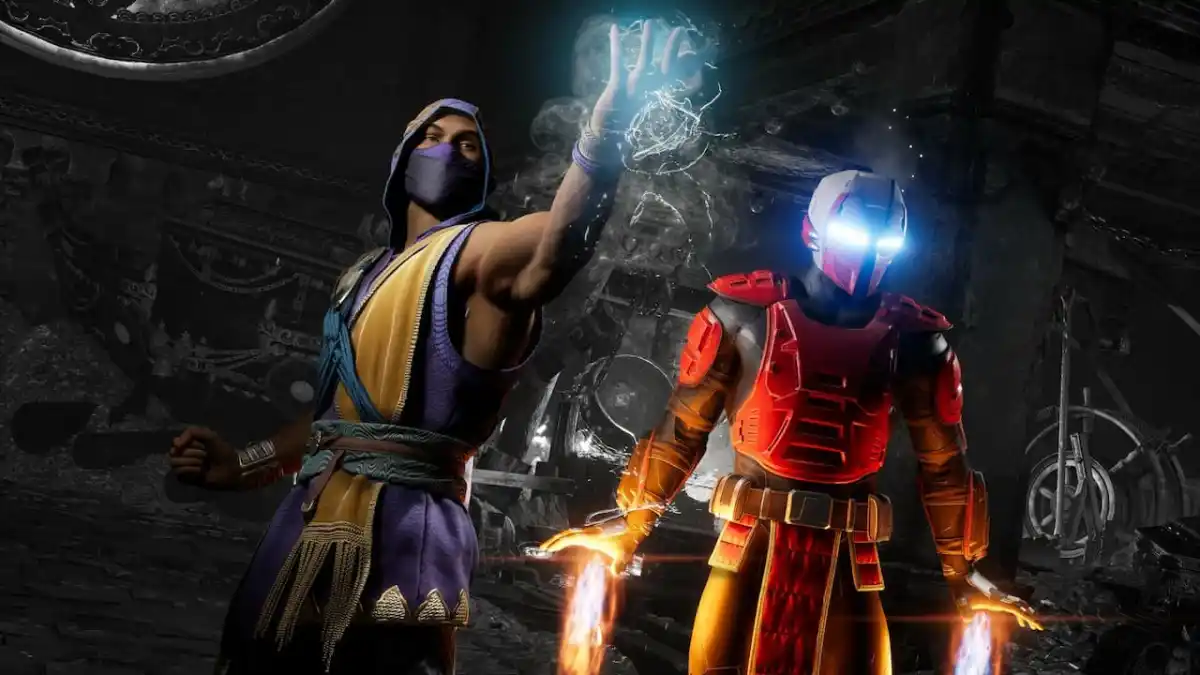
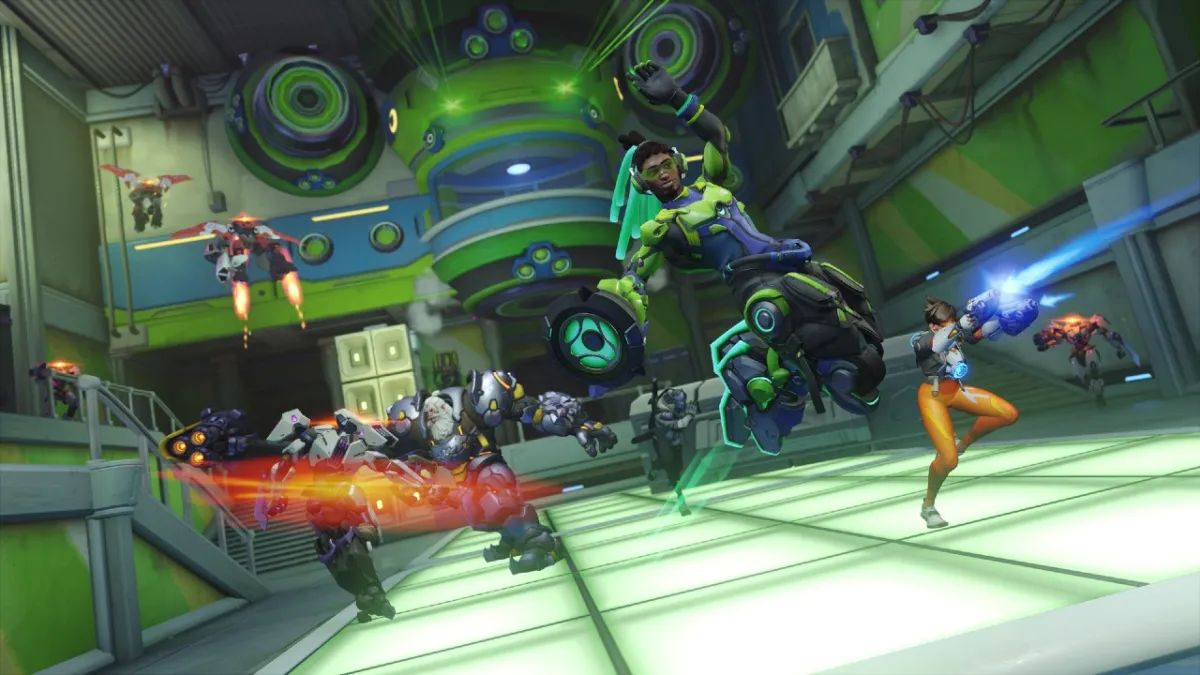


Published: Apr 27, 2018 08:00 am